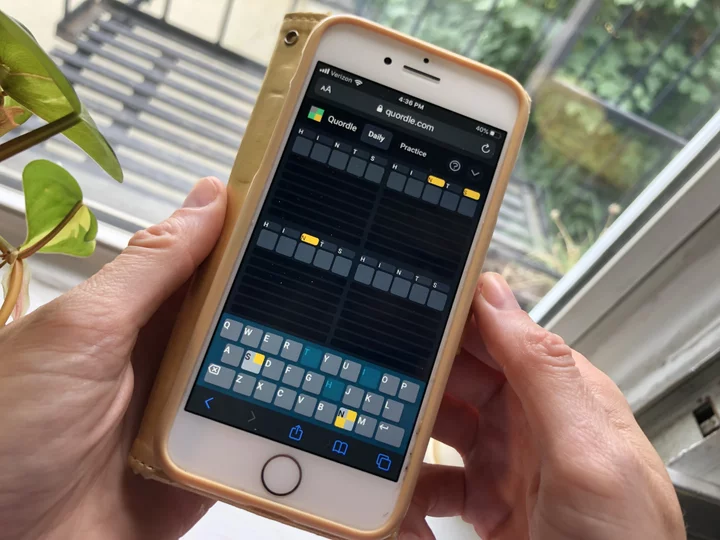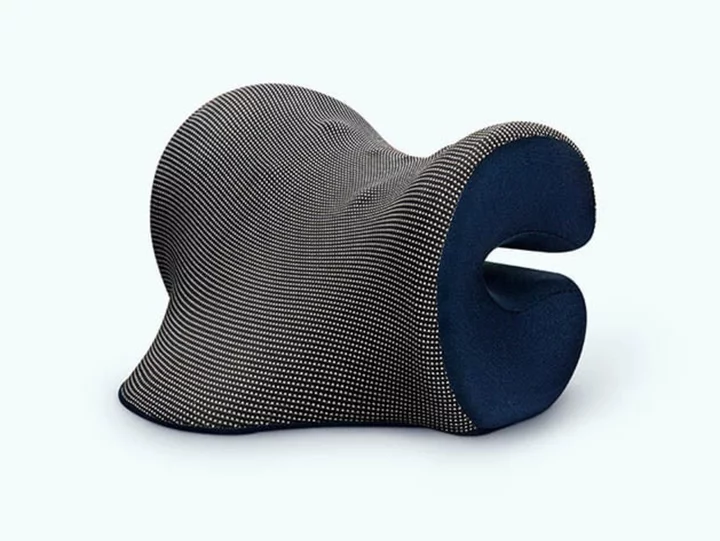The COVID-19 public health emergency that started in January 2020 ended on May 11. When that happened, several Medicare rules and waivers that went into effect during the pandemic came to an end — and it may catch Medicare patients by surprise.
Many of the changes were made to accommodate the conditions of the COVID-19 pandemic — when hospitals were mobbed, people were encouraged not to leave their homes and patients found themselves getting medical care in unusual places. Some changes — like increased use of telehealth — are sticking around for the near future.
Here are a few things Medicare beneficiaries can expect from their benefits post-pandemic.
COVID-19 TESTING, TREATMENTS AND VACCINES
During the public health emergency, or PHE, Medicare and Medicare Advantage covered up to eight at-home COVID tests per month, COVID-19 testing-related services and antiviral treatments like Paxlovid.
You’ll now pay out of pocket for at-home COVID-19 tests, although some Medicare Advantage plans may continue to cover them. COVID-19 vaccines will be covered under preventive care. COVID-19 antiviral treatments, such as Paxlovid, will also continue to be covered, but you may owe a copay or coinsurance for other pharmaceutical treatments for COVID-19, according to KFF, a health policy nonprofit.
TELEHEALTH
During the PHE, Medicare covered telehealth services for all Medicare beneficiaries, regardless of location or equipment. This allowed patients to access care from their homes at a time when going to a medical provider felt risky.
Telehealth coverage has been extended through the end of 2024, with the exception of telehealth being delivered under Medicare’s hospice benefit.
“That is a significant change that will carry through 2024,” says Diane Omdahl, president and cofounder of 65 Incorporated, a site that provides Medicare guidance. “Maybe they’ll find out the benefit of it and they’ll extend it again.”
SKILLED NURSING FACILITY STAYS
Pre-pandemic, Medicare patients were required to have a three-day inpatient hospitalization stay before Medicare would cover a subsequent stay at a skilled nursing facility. This requirement was waived during the PHE, but it’s back in effect.
This waiver created flexibility during the pandemic for hospitals that may not have had space for patients due to a high number of COVID-19 cases. The return of this rule creates a challenge for patients with Original Medicare, as three-day hospitalizations are rarer than they were when Medicare was signed into law in 1965.
“Years ago, everything was done in the hospital,” Omdahl says. Now, many more procedures are treated on an outpatient basis, she says.
Members of Medicare Advantage plans may have a leg up in this area, as some Advantage plans don’t require a three-day stay to qualify for skilled nursing facility care. But many plans require prior authorization.
(Any covered skilled nursing facility stay that started on May 11 or before will continue to be covered for as long as a beneficiary has benefit days available and meets care criteria.)
MEDICATION
During the PHE, Medicare Part D prescription drug plans (including Medicare Advantage plans with drug coverage) were required to provide up to a 90-day supply of covered drugs if patients requested it. With the end of the PHE, this is no longer the case.
Part D plans were also required to relax their “refill-too-soon” limits — safety measures that keep patients from filling prescriptions too soon after receiving their previous medication.
These rules allowed people to make fewer trips to the pharmacy during the pandemic, but it’s back to business as usual for Part D prescription drug plan members.
OUT-OF-NETWORK SERVICES
During the PHE, if Medicare Advantage members received care at out-of-network facilities due to the COVID-19 emergency, plans were required to cover their care at in-network rates. This requirement will end 30 days after the end of the COVID-19 PHE — which is June 10 — unless there’s another national emergency or state disaster declaration affecting the service area.
In other words, if you have a Medicare Advantage plan, you’ll want to start using your in-network providers again, if you haven’t already.
______________________________
This article originally appeared on the personal finance website NerdWallet. Kate Ashford is a writer at NerdWallet. Email: kashford@nerdwallet.com. Twitter: @kateashford.
RELATED LINKS:
NerdWallet: Does Medicare cover COVID testing, treatment and vaccines? https://bit.ly/nerdwallet-does-medicare-cover-covid-testing-and-vaccines
NerdWallet: Does Medicare pay for nursing home care? https://bit.ly/nerdwallet-does-medicare-pay-for-nursing-home-care
NerdWallet: What is a Medicare Advantage (Part C) plan? https://bit.ly/nerdwallet-what-is-a-medicare-advantage-plan
NerdWallet: Medicare Part D drug coverage: benefits overview and plan options https://bit.ly/nerdwallet-what-is-medicare-part-d









